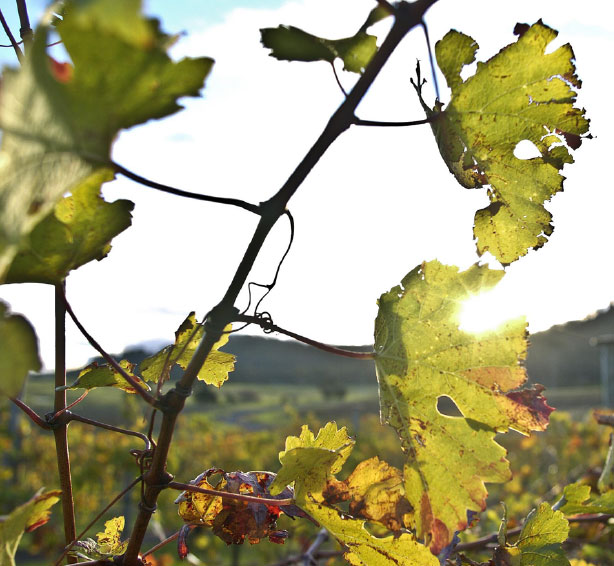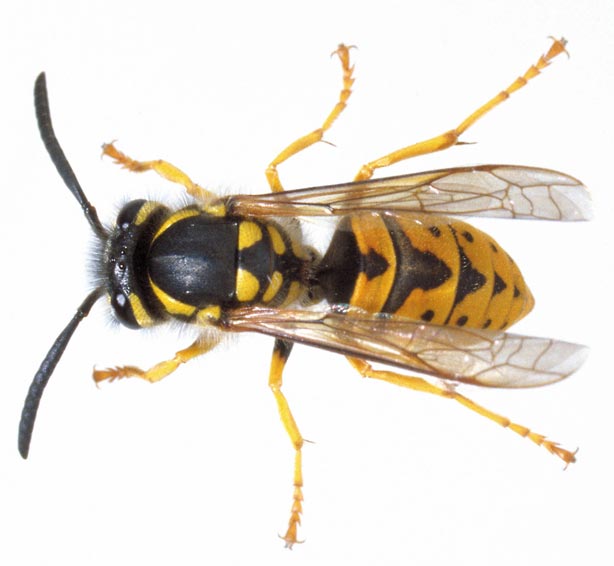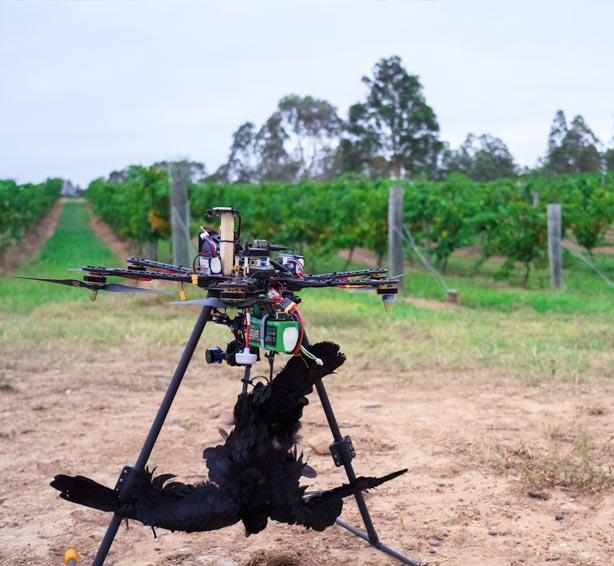
Wine Grapes
Wine Grapes
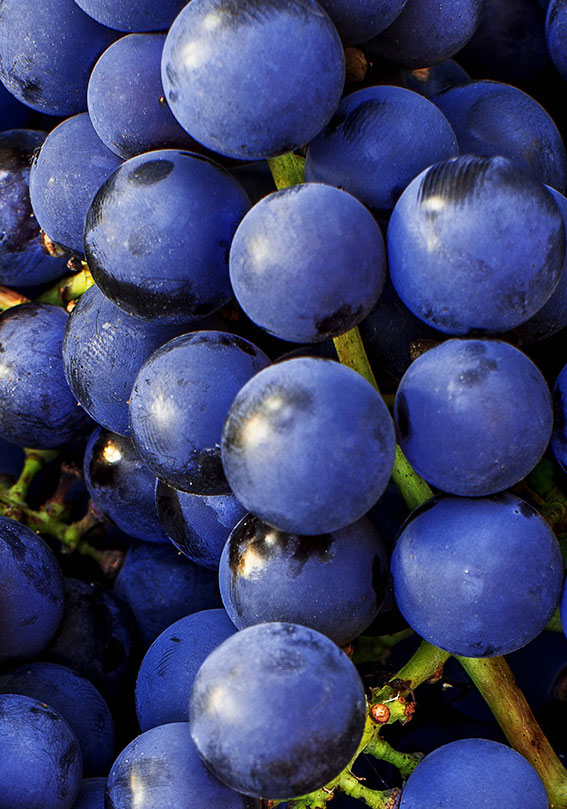
-
Output $235m est. Up 3% yoy
-
Extreme summer heat affected yield in some regions
-
Exports increased 4% in value
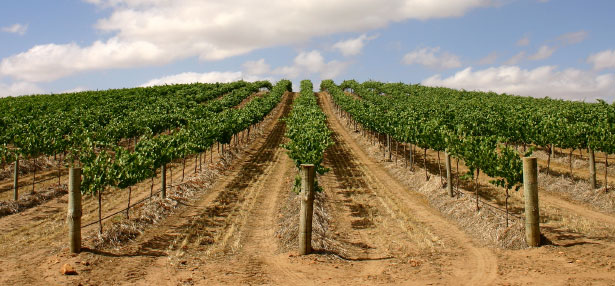
Enduring dry conditions, low water availability, and summer heatwaves resulted in a fall in wine grape crush. Vineyards in the Riverina and the Hunter Valley were the hardest hit by the summer heatwaves.
Top 10 varieties crushed
Download (.XLSX) Source: WA (2019)Production
The area planted to wine grapes of bearing age was up year-on-year to 33,505 hectares, an increase of 11%18, equating to an estimated 102,929 kilometres of vine rows78. The total NSW crush was up 1% year-on-year to 321,941 tonnes151.
Predicted extreme heat events over the summer saw a late start to the 2019 vintage34. The dry conditions delayed bud burst in some regions, which meant that both red and white varieties ripened one after the other, or all together, resulting in a rush to harvest. The extreme heat and poor water availability had a small effect on yields, particularly for those growing grapes in the warm climate zones.
Red varieties performed better than white varieties in terms of yield. The red variety crush increased by 8.4%, while the white variety crush decreased 3.6% year-on-year151.
Price
The weighted average domestic purchase price of wine grapes remained relatively stable, rising slightly by 16% year-on-year to reach $510 per tonne151. Strong export demand helped support prices with the average export price and wine grape price strongly linked, and export growth underpinning higher prices for wine grapes27.
Wine grape prices are influenced by different factors including the cost of production, grape characteristics, yield and demand for particular varieties. These characteristics vary between different vineyards and between different regions. Warmer inland regions generally produce more grapes at a lower cost than temperate and cool-climate regions27. These grapes are generally used to produce wines sold at a lower price point or used to produce bulk-wine. The average price of warm climate grapes was $557 per tonne with cool climate grapes averaging $1,243 per tonne151.
The Wine Equalisation Tax (WET) reforms, with a reduced rebate cap in July 2018, appear to have started discouraging bulk wine production, boosting wine grape prices93. This potential outcome was highlighted in the Senate Standing Committee report into the Australian wine and grape industry, February 2016, which noted that introduction of the producer rebate “had unintended consequences in subsidising the production of bulk wines leading to an overall reduction in price”135.
NSW wine exports
- United States
- United Kingdom
- China
- Canada
- Hong Kong
- Japan
- Other
Trade
Global demand for NSW wine remains strong with exports increasing by 1% in volume and 4% in value in 2018–19. Exports to Hong Kong were the standout, increasing 31% in value year-on-year. The Japanese market also performed well with an 8% increase in value. The Chinese market, which has demonstrated steady growth over the last few years, recorded a drop in both value (down 11% year-on-year) and volume (down 40% year on year) in 2018–1987.

